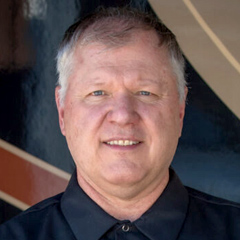
What Do I Need to Know About an RV Propane Tank?
Dave SolbergThe biggest advantage RV camping has over tents is the fact that you can bring the comforts of home into the wilderness. While you’re adding bird watching to your life list or staring out at the ocean waves, you still have cold drinks in the fridge and a stove to cook your dinner, not to mention a hot shower at night. All of these appliances can be run by a clean-burning fuel known as LP, or liquid propane. It’s a relatively safe fuel, and most RV appliances have been standardized to use it.
Unlike gasoline that you pump into your vehicle yourself, RV propane tanks have to be filled at an authorized propane distributor. The tanks are under pressure and require specialized equipment to fill them. Once you’ve got a full RV propane tank or two, it’s a simple task to hook it up to your system and allow the gas to flow through the pipes and toward all the appliances that make RV life so comfortable.
In this video you’ll learn about RV propane tank sizes as well as the types of fittings that connect them to your RV system. Find out about proper pressure needed to maintain the system and attachments you can add to keep it regulated. Some appliances have automatic spark igniter while others have need to have a pilot light lit. See how to deal with each type of appliance in your RV. The propane system in your RV may seem like a complicated jumble of pipes and gauges, but it’s actually as simple as a water hose that supplies water to a garden. Treat it with respect and it will run your appliances for years.
